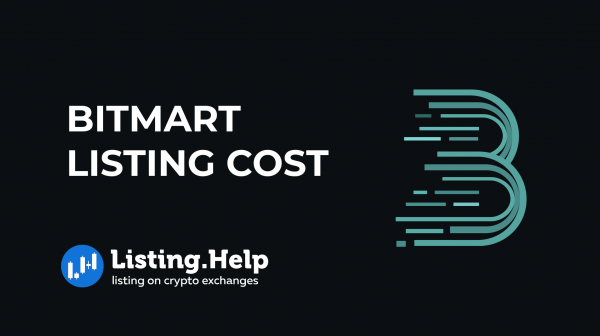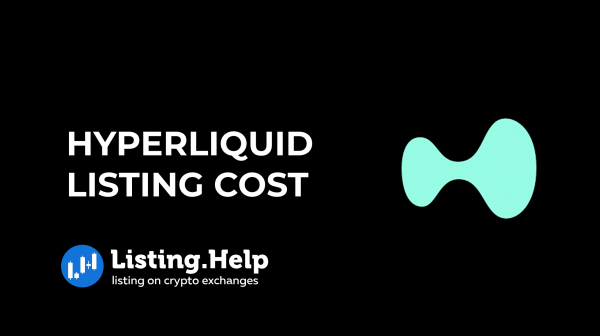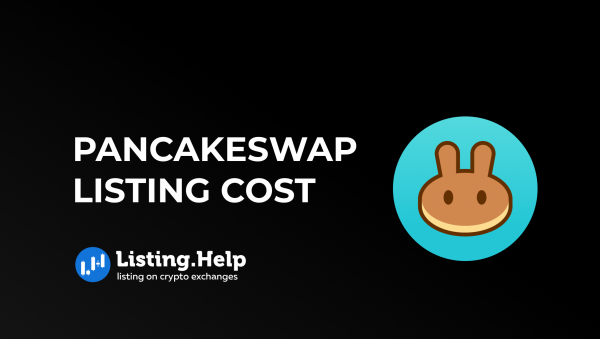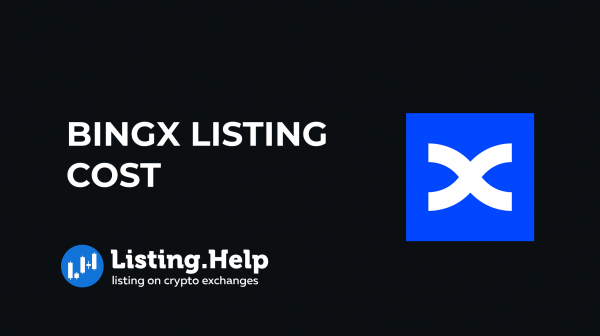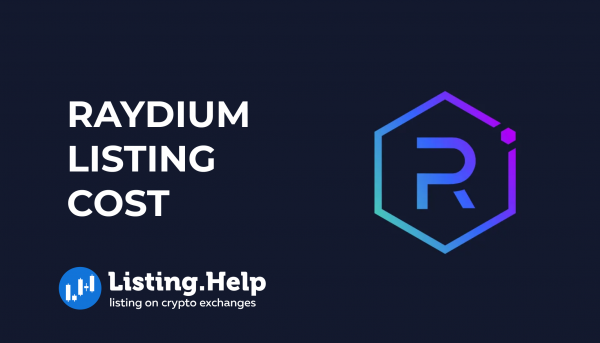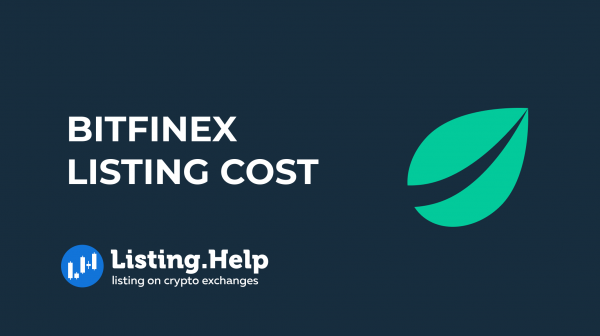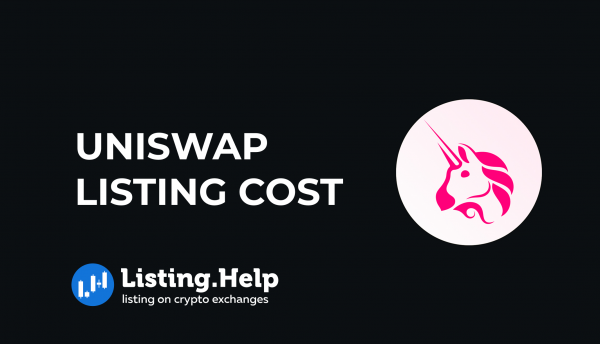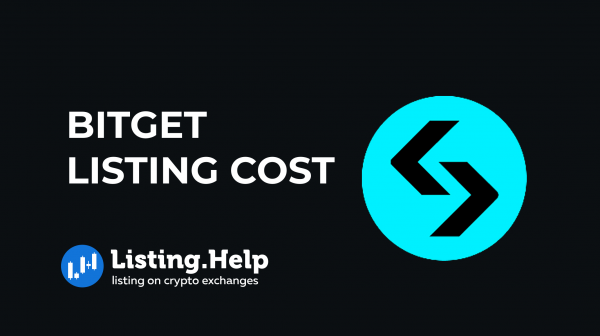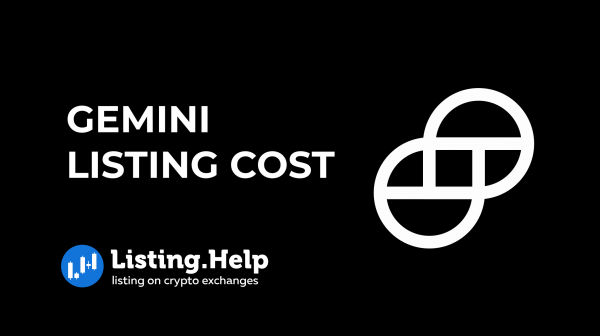Hyperliquid Listing Cost 2025 — On‑Chain Order Book, HIP‑1, Dutch Auctions, and Hyperliquidity
 October 19, 2025
October 19, 2025 Updated: October 19 2025, 08:21
Updated: October 19 2025, 08:21
LEAVE A REQUEST
Launching your own token project? Our experts are ready to help with listing on exchanges, market making, marketing and other solutions
SUBMIT APPLICATIONHyperliquid is not an AMM like Uniswap or PancakeSwap. It is a high‑performance Layer‑1 with a fully on‑chain central limit order book (CLOB) and sub‑second finality. Orders, cancels, and matches are executed onchain under the HyperBFT consensus—delivering CEX‑grade price‑time priority with DeFi transparency.
This guide explains how listing works on Hyperliquid in 2025: there is no platform “listing fee,” but projects follow a permissionless, technical launch path—acquiring a ticker via Dutch auction, deploying a HIP‑1 token, setting genesis balances, creating a USDC pair, and enabling Hyperliquidity (single‑sided liquidity). We also cover realistic budgets, timelines, and a builder‑level checklist.
Is There a Hyperliquid Listing Fee in 2025?
Exchange/platform fee: $0. Hyperliquid is permissionless and does not charge a formal listing fee. However, to pass the listing selection process, the platform requires projects to purchase HYPE tokens, sometimes for a substantial amount—up to $1 million. For instance, one recent project had to purchase $400,000 worth of HYPE. Therefore, teams should plan a realistic launch budget across three key areas: liquidity, security & compliance, and marketing, while accounting for this potential requirement.
Typical 2025 ranges:
• Liquidity & market structure: $15K–$80K+ (depends on target slippage at a given trade size and number of markets).
• Security & audits: $10K–$60K (independent review, monitoring, governance controls).
• Marketing: $10K–$70K (tracker submissions, branding, docs, PR).
What Makes Hyperliquid Technically Different from AMMs?
• On‑chain CLOB, not x*y=k AMMs: bids/asks live in the chain’s state, matched by price‑time priority (tick/lot sizes).
• Custom L1 architecture: HyperCore (trading engine) + HyperEVM (smart contracts) with deterministic execution.
• HyperBFT consensus (HotStuff‑style): sub‑second blocks optimized for trading workloads.
• Dual‑block execution (reported by research): small fast blocks each second + larger blocks per minute for heavy ops.
• Permissionless spot deployments with native token standard (HIP‑1) and programmatic access to markets.
End‑to‑End Spot Listing Flow on Hyperliquid (2025)
To ensure a higher quality launch, consider engaging an experienced launch partner such as Listing.Help.
1) Dutch auction for ticker: acquire the token ticker through the protocol auction mechanism.
2) Set genesis balances and deployer fee share.
3) Deploy HIP‑1 token contract; verify source and document privileges (owner/mint/tax).
4) Create primary market (commonly USDC/Token) and configure tick/lot per docs.
5) Enable Hyperliquidity: single‑sided liquidity module for depth bootstrapping.
6) Register accurate metadata (logo, website, socials); push to aggregators/trackers; publish canonical trading links.
7) Post‑launch ops: monitor depth/spreads, adjust inventory limits and rebalancing cadence, expand additional pairs.
The detailed process for listing your token on Hyperliquid is described in our other article.
Budgeting by Outcomes (Depth‑First)
Back‑solve liquidity from your UX goal (e.g., <1–2% slippage at a $X trade size). Treat audits and governance controls (multisig, timelocks, incident runbooks) as non‑negotiable. Plan discovery work (CMC/CG submissions, wallet metadata, explorer links) to maximize routing and prevent impersonation.
Checklist — Ready for Hyperliquid?
✅ HIP‑1 token with verified source; privileges documented; dangerous backdoors removed or timelocked.
✅ Independent audits with remediation notes; monitoring/bots in place.
✅ Genesis balances and fee share configured; data room with addresses and proofs.
✅ Liquidity plan (target pairs, depth goals, MM partner, abuse prevention).
✅ Metadata complete: logo, symbol, description, links; correct market address published.
✅ Operational runbooks: incident response, hot‑fix protocols, marketing plan.




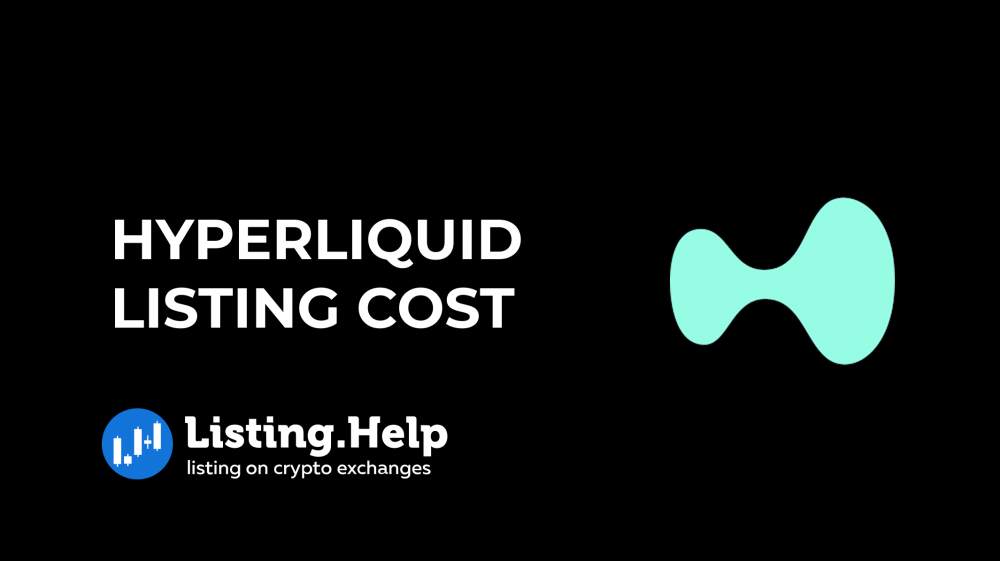


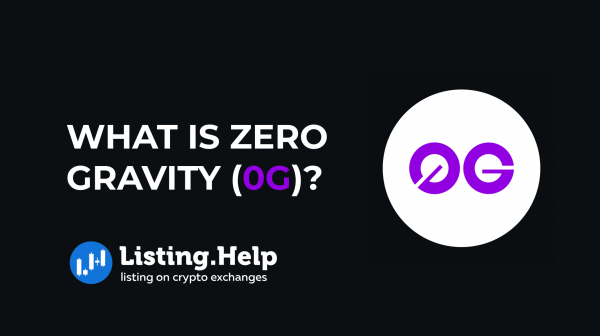
 October 19, 2025
October 19, 2025 